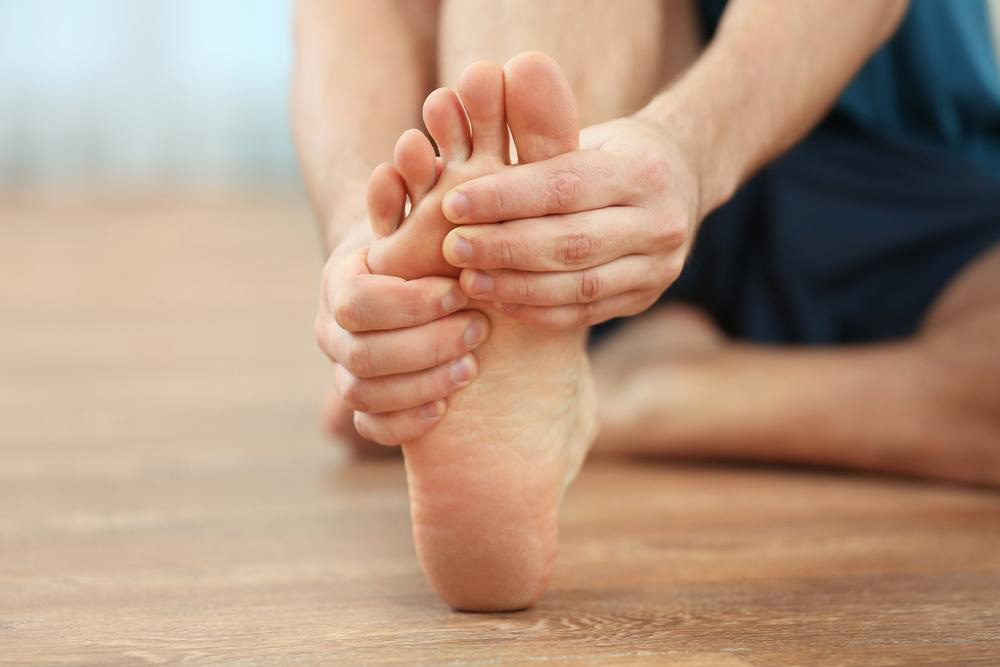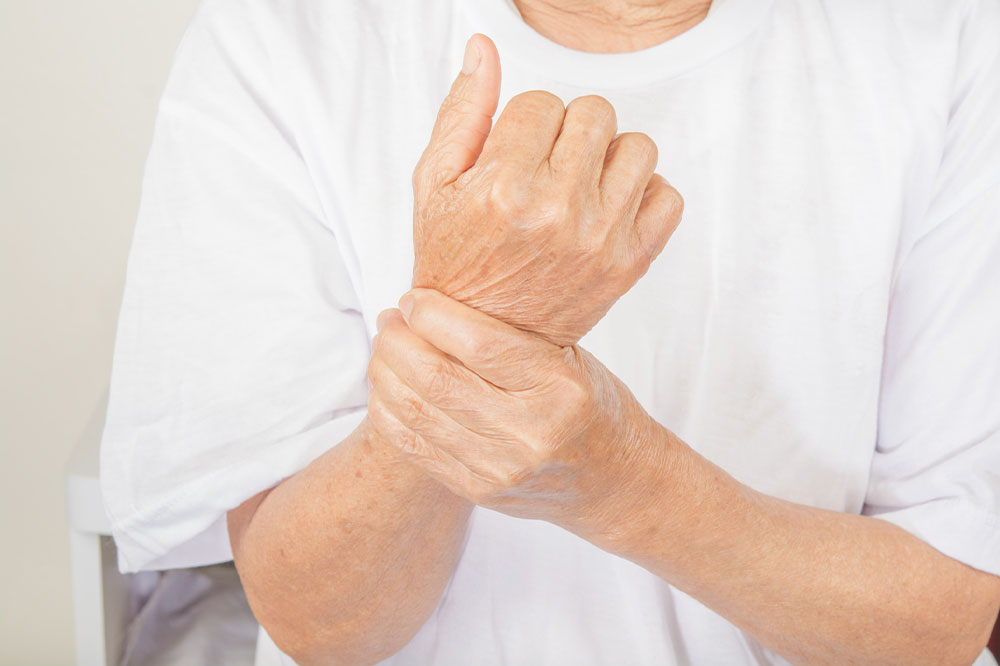Comprehensive Guide to Peripheral Nerve Damage: Causes, Symptoms, and Treatment Options
This extensive guide delves into peripheral nerve damage, exploring its causes, symptoms, and effective treatment options. It emphasizes the importance of early diagnosis and comprehensive management for improving patient outcomes. Learn how nerve damage affects sensation, movement, and autonomic functions, and discover practical approaches to prevent and treat this condition, especially for at-risk populations like diabetics and the elderly.

An In-Depth Look at Peripheral Nerve Damage: Causes, Symptoms, and Effective Remedies
The nervous system is the body's intricate communication network, with the central nervous system (brain and spinal cord) acting as the command center. Surrounding this core is the peripheral nervous system, which includes all nerves beyond the brain and spinal cord. These peripheral nerves are responsible for transmitting sensory information from the body to the brain and motor commands from the brain to muscles. When these nerves become damaged or malfunction, it can lead to a variety of neurological issues collectively known as peripheral neuropathy. Understanding the causes, signs, and effective remedies for peripheral nerve damage is essential for timely intervention and improved quality of life.
Common Causes of Peripheral Nerve Damage
Peripheral nerve damage can result from a wide array of causes, ranging from acute injuries to chronic health conditions. While some factors are idiopathic—meaning their cause is unknown—many are well-characterized and can be managed or prevented with proper care. Damage to the peripheral nerves affects a significant portion of the population, especially among older adults and individuals with certain chronic illnesses. Below are some primary causes responsible for peripheral nerve impairment:
Diabetes Mellitus: High blood sugar levels over time can damage small blood vessels that nourish nerves, particularly affecting foot and leg nerves, leading to diabetic peripheral neuropathy, a common complication in diabetic patients.
Excessive Alcohol Consumption: Chronic alcohol abuse can lead to nutritional deficiencies, especially of B vitamins, vital for nerve health, resulting in alcoholic neuropathy.
Nutritional Deficiencies and Poor Diet: Deficiencies in essential nutrients like B12, B6, and folate impair nerve regeneration and function, contributing to nerve damage.
Genetic and Acquired Conditions: Certain inherited disorders, like Charcot-Marie-Tooth disease, and acquired conditions due to environmental exposure, illness, or injuries can cause peripheral nerve impairment.
Cancer Treatments: Chemotherapy and radiation therapy are known to cause peripheral nerve toxicity, leading to neuropathy as a side effect.
Infectious Diseases: Infections such as Lyme disease, HIV/AIDS, shingles (herpes zoster), and hepatitis can infect nerve tissues or trigger autoimmune responses that damage neurons.
Autoimmune Disorders: Conditions like Guillain-Barré syndrome or lupus can cause the immune system to mistakenly attack the nerves, resulting in varying degrees of neuropathy.
Bone Marrow and Blood Disorders: Conditions affecting blood production can impact nerve health due to abnormal blood supply or toxin buildup.
Kidney or Thyroid Conditions: Impaired kidney function and thyroid imbalances can lead to nerve damage through toxin accumulation or metabolic disruptions.
Idiopathic Neuropathy: Sometimes, no specific cause can be identified, and the neuropathy is labeled idiopathic, which accounts for a significant proportion of cases.
Recognizing the Signs and Symptoms of Peripheral Nerve Damage
The peripheral nervous system includes three main categories of nerves, each serving distinct functions:
Sensory Nerves: These nerves relay information about touch, temperature, pain, and proprioception from our skin and muscles to the brain.
Motor Nerves: They transmit signals from the central nervous system to muscles, enabling movement and coordination.
Autonomic Nerves: These nerves regulate involuntary functions, such as heart rate, blood pressure, digestion, and sweating.
Depending on which nerve group is affected, symptoms can vary widely, often overlapping, and may present unilaterally or bilaterally. Common symptoms indicative of peripheral nerve damage include:
Tingling or Prickling Sensations: Often described as "pins and needles," this sensation commonly affects your hands and feet, and may fluctuate or persist over time.
Muscle Weakness and Tightness: Feelings of tightness or stiffness in muscles, sometimes described as wearing gloves or socks even when not wearing them.
Pain: Sharp, stabbing, burning, or shooting pains may occur spontaneously or be triggered by contact or movement.
Numbness: Loss of sensation or insensitivity in certain areas, increasing the risk of unnoticed injuries.
Heaviness or Fatigue: A strange sensation of weight or sluggishness in the limbs, affecting mobility.
Coordination Problems: Issues with balance or dropping objects, indicating possible nerve impairment affecting motor control.
Blood Pressure Fluctuations: Unusual drops or spikes in blood pressure, related to autonomic nerve involvement.
Digestive Issues: Constipation, diarrhea, or abnormal bowel movements, often linked to autonomic nerve damage affecting the gastrointestinal tract.
Excessive Sweating or Lack Thereof: Abnormal sweating patterns, either too much or too little, depending on the nerve affected.
Diagnosis and Management of Peripheral Nerve Damage
Early diagnosis of peripheral nerve damage is crucial to prevent further deterioration and to initiate effective treatment. Healthcare providers utilize a combination of patient history, physical examinations, nerve conduction studies, electromyography (EMG), blood tests, and imaging to identify the underlying cause and the extent of nerve damage.
Once diagnosed, several management strategies can help alleviate symptoms and possibly reverse or slow nerve damage. These include:
Medications: Pain relievers, anti-seizure medications (like gabapentin), antidepressants, and topical treatments can provide symptomatic relief.
Addressing Underlying Conditions: Managing blood sugar in diabetics, treating infections, correcting nutritional deficiencies, and controlling autoimmune processes are vital for comprehensive care.
Physical Therapy: Customized exercises improve strength, flexibility, and coordination.
Lifestyle Modifications: Quitting alcohol, maintaining a healthy diet rich in essential nutrients, and avoiding toxins can prevent progression.
Alternative Therapies: Acupuncture, biofeedback, and nutritional supplements might offer additional relief but should be pursued under professional supervision.
In conclusion, peripheral nerve damage is a complex condition with various causes, symptoms, and treatment options. Prompt medical consultation, early diagnosis, and a comprehensive treatment plan are essential to improve outcomes and enhance quality of life.





